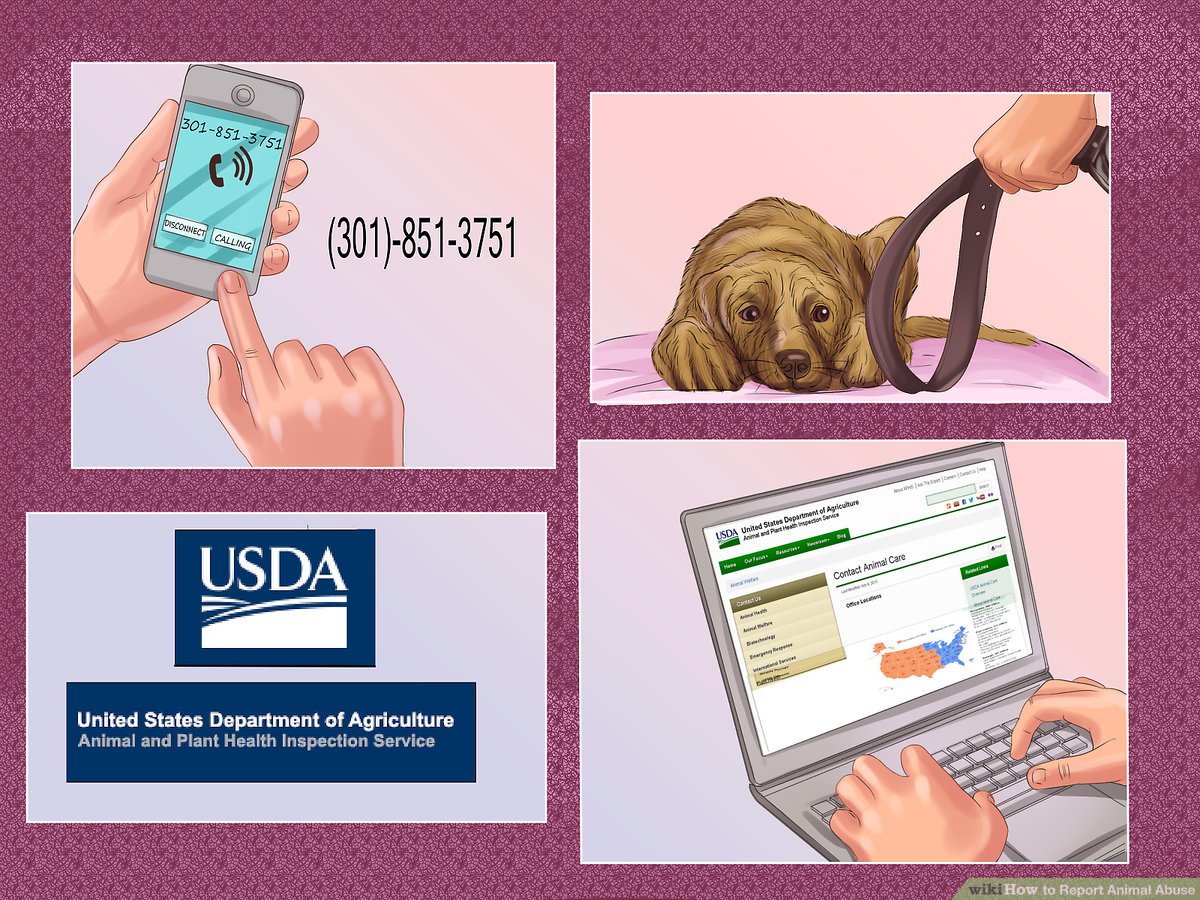Animal cruelty is a pressing issue that plagues our society. In Connecticut, as in many other states, it is imperative to understand how to report suspected animal abuse effectively. This understanding becomes even more crucial when it comes to the welfare and protection of our furry companions, as numerous observations reveal a growing indifference towards their suffering. Many individuals express outrage upon witnessing cruelty, yet this passion often dissipates, leaving voiceless animals without advocacy. To combat this troubling trend, it is essential to empower citizens with knowledge about the reporting process, as well as what to expect after filing a report.
Recognizing Signs of Animal Cruelty
Before delving into the reporting procedure, it is necessary to identify the forms of cruelty that may necessitate intervention. The American Society for the Prevention of Cruelty to Animals (ASPCA) has outlined various signs that one should keep an eye out for. These include:
- Visible injuries or signs of neglect (e.g., malnourishment, poor living conditions).
- Severe behavioral changes, such as fearfulness or aggression.
- Animals being tethered or confined for prolonged periods without adequate shelter or social interaction.
- Inhumane training methods that inflict pain or distress.
Understanding these indicators will enhance your ability to act as an informed citizen. Not merely anecdotal observations, these signs represent a crisis that calls for immediate action. In observing such neglect or abuse, one must consider the broader implications; the simple truth is, we share our lives with these animals, and their pain reflects a societal issue we cannot ignore.
Steps to Report Animal Cruelty in Connecticut
When one recognizes potential animal cruelty, acting swiftly and decisively is paramount. Here are the steps to follow:
- Gather Evidence: Document the situation meticulously. This includes taking notes, photographs, or video recordings of the abuse or neglect. The more concrete information you can provide, the stronger your report will be.
- Contact Local Authorities: In Connecticut, animal control officers, local police, and municipal officials can all play integral roles in addressing animal cruelty. You can either call your local animal control or the police department directly. In urban areas, you may find dedicated animal control divisions.
- File a Report with the Connecticut Department of Agriculture: The Bureau of Regulatory Services within the Department of Agriculture handles cases of animal cruelty in the state. You can reach out to them to file a formal complaint. They are responsible for the oversight of animal welfare initiatives.
- Report to Local Animal Shelters or Rescue Organizations: Many local shelters and rescue groups have resources and experience in dealing with cruelty cases. They often engage in investigations or can provide additional help for the animals involved.
What to Expect After Filing a Report
The aftermath of lodging a report can be filled with uncertainty. Understanding the process and what to expect can alleviate some of this anxiety:
- Investigation Process: Once your report has been received, it will be assessed for credibility. Local authorities will often conduct their investigation, which may involve interviewing witnesses and reviewing any evidence you have provided. This investigative stage can take time, and patience is necessary.
- Communication: Depending on the case, you may or may not receive communication from the authorities. Often, due to privacy laws, investigators cannot relay specific details about the case or the individuals involved. Nonetheless, if they need more information, they may reach out to you.
- Possible Outcomes: If an investigation substantiates the claims of cruelty, it could lead to a range of consequences, from educating the pet owner to criminal charges being filed. Connecticut statutes allow for serious penalties, including fines and imprisonment for individuals found guilty of cruel acts towards animals.
- Follow Up: After a reasonable time has passed, you might consider following up with the authorities or organizations to ascertain the status of the case. Maintaining a dialog can help keep pressure on the relevant authorities to ensure action is taken.
Community Involvement and Advocacy
Understanding the reporting process for animal cruelty is just the beginning. The community plays a vital role in fostering an environment that resists animal cruelty. Engage with community initiatives aimed at educating the public about humane treatment. Volunteer at local shelters or become involved in advocacy groups. By doing so, the visibility of animal welfare issues increases, and a collective consciousness regarding the treatment of animals can emerge.
As we ponder the underlying reasons for the fascination with animals, we discover the inherent bond that connects us all. Animals inspire compassion and evoke emotion, yet their suffering often remains unseen, cloaked in indifference. The fight against animal cruelty requires vigilance and intentional action. Each report filed represents a beacon of hope, echoing a collective yearning for change and the relentless pursuit of justice for those who cannot speak for themselves. It is not merely about reporting instances of cruelty; it is about fostering a culture of empathy and responsibility.
In Connecticut, as in many states across the nation, the actions of informed citizens can lead to substantial changes in the lives of countless animals. Making the decision to act can commence a ripple effect, ultimately paving the way for a more compassionate society. Let us not be mere witnesses to animal cruelty; let us be the catalysts for a change that resonates through time and alters the narrative for our voiceless companions.





